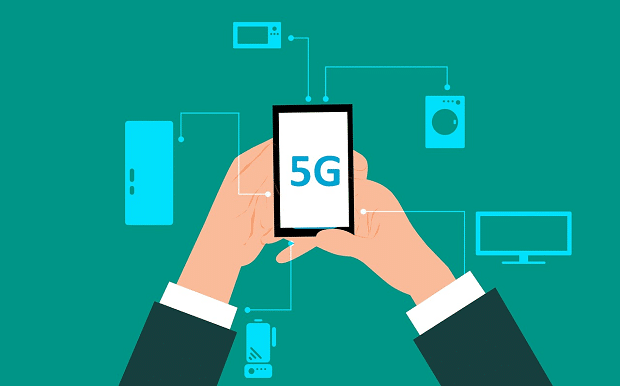
When asked to name which types of activities they are likely to increase due to the arrival of 5G, consumers ranked video streaming first, ahead of video calling, social media, mobile gaming, virtual reality and augmented reality. As a result, the deployment of 5G will help cause video usage to grow to account for 70 percent of mobile network traffic in 2022, up from 47 percent in 2015.
“The promise of faster video streaming through 5G is generating enormous enthusiasm among consumers,” said Joshua Builta, senior principal analyst for IHS. “Interest is particularly high for those younger than 50, with 81 percent of survey respondents in that age range citing video streaming as the top activity for 5G. Consumers are expressing h2 interest in video streaming both on smartphones and for home internet services, which are equally supported by 5G.”
Smartphone streaming moves to 4K
Current 4G wireless services already provide sufficient performance to support most types of video content commonly streamed today. As a result, 5G’s largest impact will be felt in emerging areas of the market.
One of these areas is 4K ultra-high definition (UHD) video. The 5G standard enables 4K on mobile platforms because of its increased capacity and speed. When coupled with the growing demand and supply of 4K UHD content, the proliferation of 5G will help drive mobile consumption of UHD content.
The 5G standard will also be critical to promoting the consumption of general live video. This is particularly true for sports and live events, where lower latency and higher speed and bandwidth are critical.
Home 5G promotes video streaming
In parallel with the trends in the smartphone market, US consumers are expressing intense interest in engaging in 5G video streaming via home internet access.
While often regarded purely as a mobile technology, the 5G standard also supports fixed wireless access (FWA) in the home. However, unlike fixed solutions such as DSL, cable or fiber, 5G FWA uses wireless mobile network technology to extend internet access into homes.
Most consumers say they are attracted to 5G FWA by its faster speeds. The average speed of broadband connections in the US in 2018 was about 35 megabits per second. In contrast, 5G can theoretically operate at up to 1 gigabit per second, although initial deployments will be much slower.
Survey respondents cited streaming of video, both prerecorded and live, as the most compelling reason to upgrade home internet service. A total of 74 percent of those surveyed named video streaming as the chief motivation for upgrading to 5G in the home.
This phenomenon is not surprising as IHS Markit forecasts that global over-the-top (OTT) video subscriptions will pass the 1 billion mark in 2021, up from 620 million at the end of last year. In 2022, OTT video subscriptions will surpass pay-TV subscriptions.
